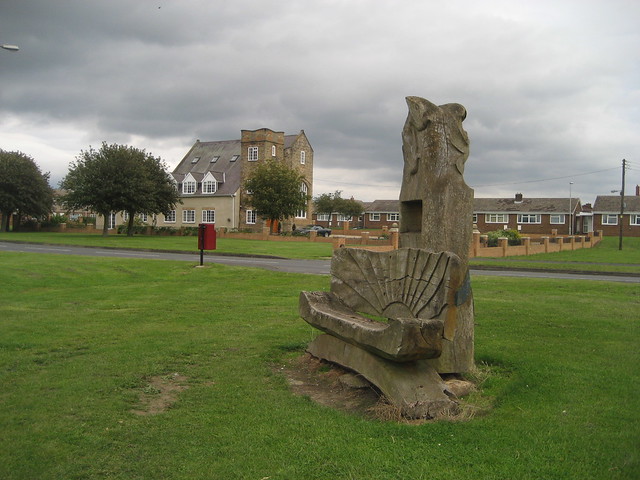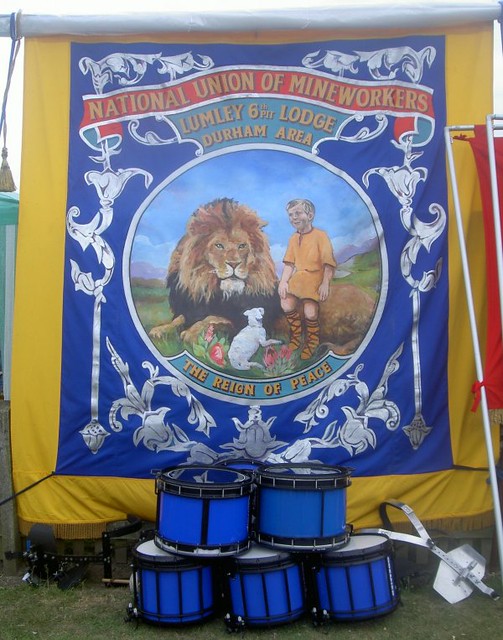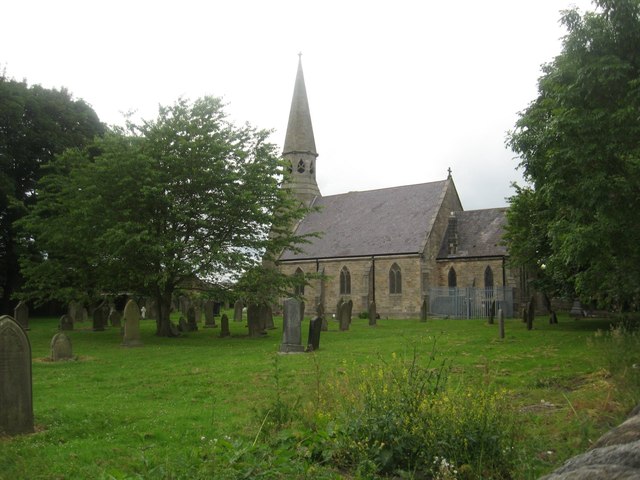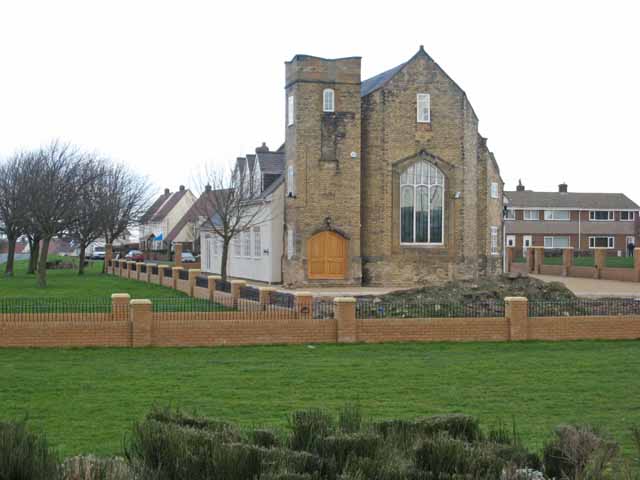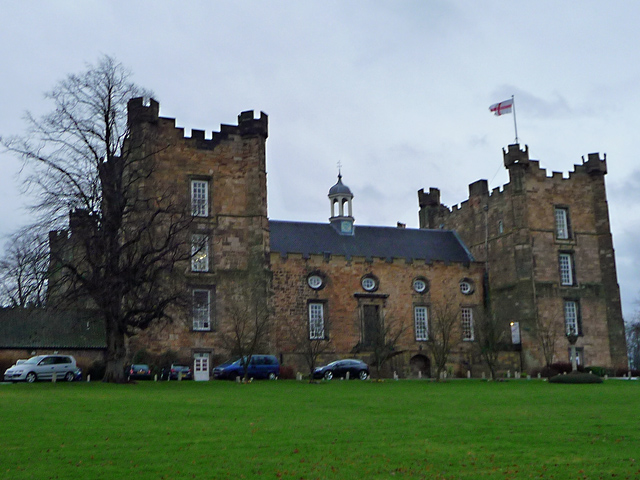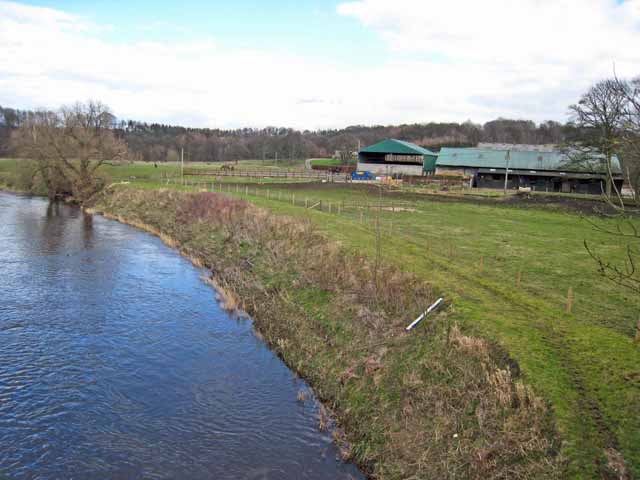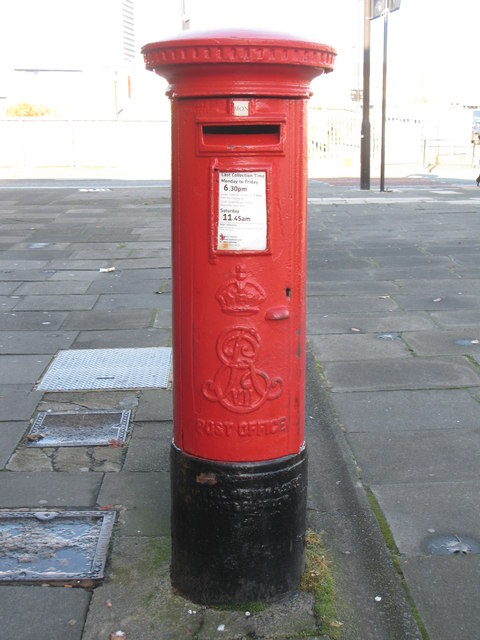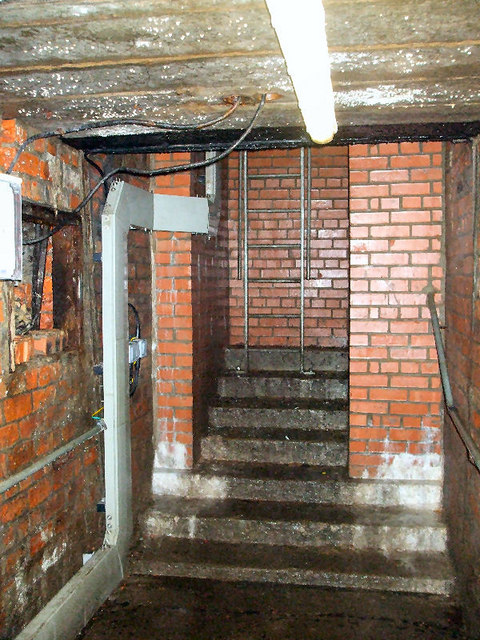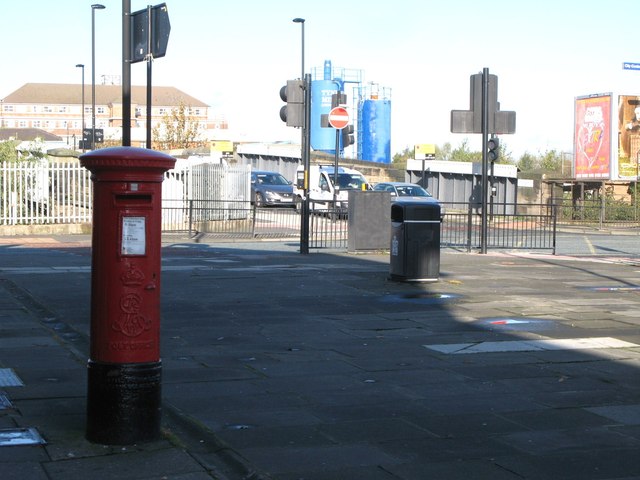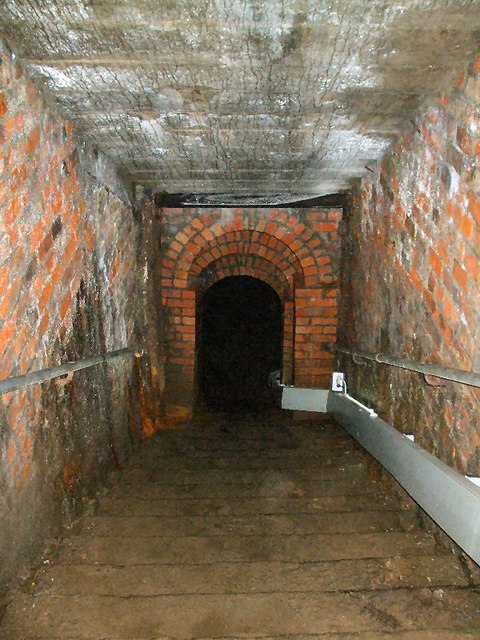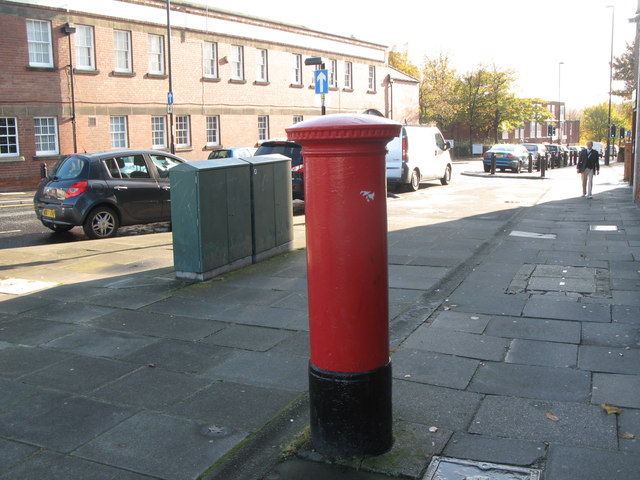Topics > County Durham > Great Lumley
Great Lumley
LUMLEY, GREAT, a township, in the parish and union of Chester-le-Street, N. division of Easington ward and of the county of Durham, 1½ mile (S.S.E.) from Chester-le-Street; comprising 1,321 acres, and containing 1,796 inhabitants, who are principally employed in collieries. The village is seated on the east side of the river Wear, and about a mile to the south of Lumley Castle. The impropriate tithes, including those of Little Lumley, have been commuted for £314. 10. Church service is performed every Sunday in a licensed room; and there are two places of worship for Wesleyans. An hospital for twelve persons was founded in 1686, by Sir John Duck, Bart., of Durham, who endowed it with property now producing £40 per annum; and the township is entitled to rents, under the will of Henry Smith, averaging between £40 and £50, which are annually distributed among the poor.
Extract from: A Topographical Dictionary of England comprising the several counties, cities, boroughs, corporate and market towns, parishes, and townships..... 7th Edition, by Samuel Lewis, London, 1848.
Great Lumley is a village in County Durham, England. It is situated south east of Chester-le-Street, near Lumley Castle. It has a population of 3,843, reducing to 3,684 at the 2011 census.
The Lumley Family, East and West Halls
The village of Great Lumley was formerly part of the Lumley family estate.
The Lumley family are descended from Ligulf of Lumley, an Anglo-Saxon noble who fled from the Normans in the South of England and found shelter in the dominions of St. Cuthbert. He married Algitha, granddaughter of Uhtred the Bold, Earl of Northumbria. Uhtred's wife was Ælfgifu, the youngest daughter of King Æthelred the Unready.
The long-ruined East Hall was the seat of the Lumley family before Lumley Castle was built, and is the supposed location of the murder of Ligulf by Bishop Walcher's officers after Ligulf complained to the Bishop of their cruelty. The Northumbrians, maddened by the loss of their protector soon murdered Bishop Walcher at Gateshead.
In the reign of Henry III, the estate passed to the descendants of three daughters. Margaret Lumley (wife of Christopher Moresby) died leaving her lands (East and West Hall ruins plus of tillage land, of wood, of moor, fishery at the Wear) to her infant son Christopher Moresby. However, it is probable that the land reverted to the Lumley family following Christopher's death. In later generations, Thomas Lumley's daughter, Elizabeth, married William Tyllyoll and after William's death, the lands passed to Phillis Musgrave and Margaret Tyllyoll. In the reign of Queen Elizabeth I, Thomas Knevitt and the Musgraves parceled out the land to their tenants as freehold estates.
Governance
The village is the most populous area of the electoral ward of Lumley. This ward also includes Bourmoor parish with a total population taken at the 2011 census of 7,537.
Lumley Hospital
John Duck founded Lumley Hospital on Sep 29, 1686 for 12 people aged 60 and over. John Pots and 11 widows were incorporated as "The Brethren and Sisters of the Hospital".
Becoming part of the Lambton Estate
John Duck died in 1691, leaving his estates to his wife. She in turn left them to their nephew, James Nicholson of Rainton. James died in 1727, leaving all his estates to his three daughters. One of the daughters, Mary Nicholson, never married, and left her portion to her nephew, John Lyon, who by 1759 became the ninth Earl of Strathmore. Susan Lyon, John's sister, married John Lambton in 1763. Major General John Lambton was the Member of Parliament for Durham City from 1762 to 1787. He subsequently purchased the Lumley estate.
Mining and Quarrying
Great Lumley is built upon the Durham coal field with several workable seams underneath it. Stobbs Hill pit was opened in 1704 to the shallowest coal at .
No 1 and No 2 pits started to be sunk in 1776 and by the 1790s the colliery was in production. The colliery used a number of pits over its life, Nos 1-9 were simply numbered, in addition there were the George, Stobbs Hill and West pits. Seven different seams were worked over the years ranging from around to nearly
The pit appears to have been gassy and in the days before safety lamps were introduced there were a number of fatal explosions. 60 lives were recorded as having been lost in 1727, a further 31 lost in an explosion on 11 April 1797. On 11 October 1799 a "violent explosion took place in Lumley colliery ... by which ... thirty-nine human beings were launched into eternity". The following century saw more explosions. On 9 October 1819 there was an explosion in George pit. It is thought that a fall of the roof released firedamp which was ignited by a candle. 11 men were killed instantly, two more (including the hewer whose candle caused the blast) died the following day of their injuries. In 1824 another explosion killed 14 people and on 20 July 1827 a man went into the wrong area with a candle and triggered an explosion. Nine men were burnt, one of whom subsequently died.
In the 19th century, with the nearby coal mines flourishing, the village grew from 696 people in 1801 to 2,301 people by 1831. As mining started to decline, so did the population, reduced to 1,730 people by 1851. In 1834 there were 411 houses, 8 public houses, two schools, and two chapels (one Old Methodist and one New Methodist).
Between Great Lumley and what was then called Little Lumley was a clay quarry (, ), just south of the site of Lumley Brickworks.
Lumley today
The village now contains one public house, the Old England. Three churches are also situated in the village, along with three small supermarkets and several small independent stores. There is the Community Centre placed in the middle of the village, which now includes a gym, stage/theatre and is home to local charity, the IF U CARE SHARE foundation.
The Community Centre now boasts their brand new "Community Cafe" open for tea and coffee as well as snacks and daily specials. The "Community Gym" as seen on Sky Sports News, is now open 7 days a week and new members are always welcome. The Community Centre is an ideal venue for any Corporate or Private functions and events.
Visit the page: Great Lumley for references and further details. You can contribute to this article on Wikipedia.
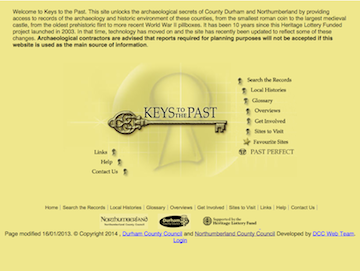
from http://www.keystothepast.info…
Great Lumley - Keys to the Past
- "The village of Great Lumley stands close to the A1 just to the south-east of Chester-le-Street. The village is dominated by Lumley Castle, which stands on a hill to the …
Added by
Simon Cotterill


from http://www.keystothepast.info…
Great Lumley - Keys to the Past
- "The village of Great Lumley stands close to the A1 just to the south-east of Chester-le-Street. The village is dominated by Lumley Castle, which stands on a hill to the …
Added by
Simon Cotterill

